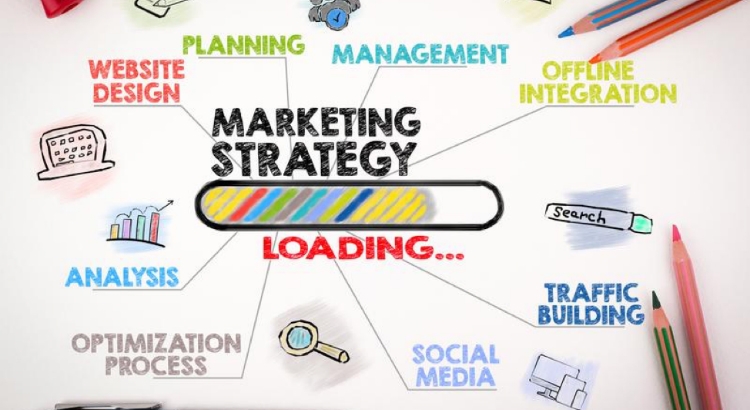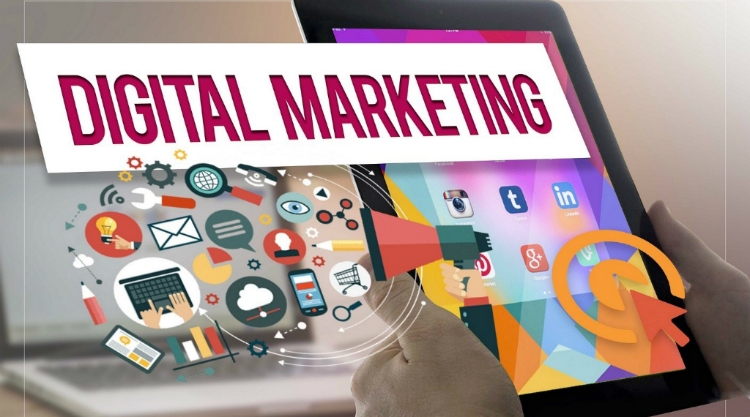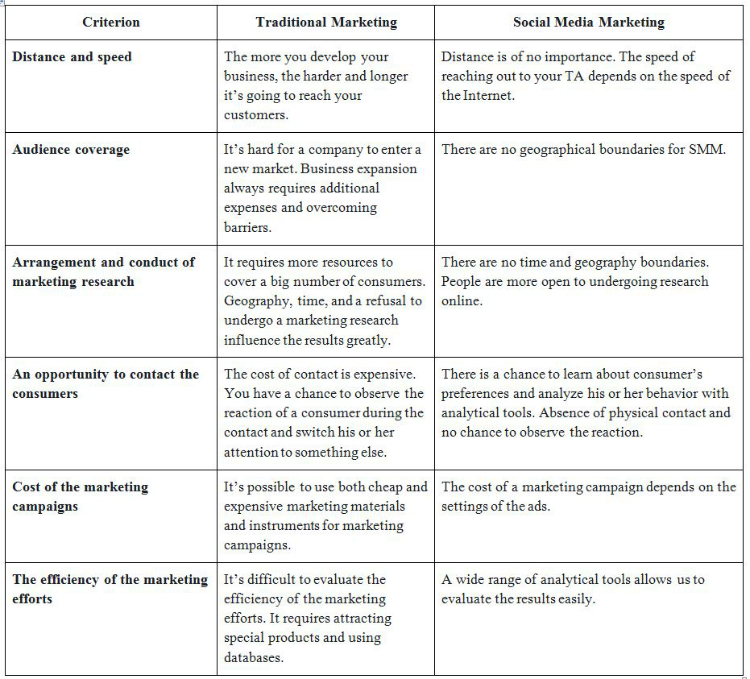It is hard to imagine a successful business today without being present online. “If your business is not on the Internet, then your business will be out of business.” Bill Gates believed and I can’t but agree with him.
Your future potential customers are searching for information about cheap essay writing service or the best price for headphones, studying and having fun online. Gradually, the borders between online and offline shopping and services are obliterating.

Businesses use new marketing strategies and concepts to attract new clients and obtain a share of a market. But what about traditional marketing? Is it still alive or barely breathing?
Today, we are going to take a closer look at the connection between classical marketing and one of the instruments of digital marketing. Can they exist side by side or are they fighting for a dominant position? Let’s dive in and explore together.
Traditional Marketing
Traditional marketing starts a long time before advertisements and promotions. It all begins with analyzing consumers’ needs. The rapid development of traditional marketing happened after World War II. The mass production was in blossom and new goods appeared daily. Naturally, due to the high competition rate, not all the items had excellent sales. By the middle of the 50s, it had become obvious that companies which targeted their consumers became more successful.

Producing goods was not enough anymore. It was necessary to create a product that would not only meet the expectations of the consumers but also satisfy and meet their purchasing powers. A customer should purchase this product in his favorite shop when it’s comfortable and convenient for him. Moreover, the advertising should be placed in the magazine or newspaper that is read by the customer. Traditional marketing puts the client in the center of its attention.
Thus, marketing experts need to research and gather as much information about their target audience as possible. They need to use segmentation to make the targeting more precise. Deep analysis of consumers’ needs and expectations leads to building a marketing strategy. Once everything becomes more or less clear, marketers use various instruments to reach their customers and lead them from the acquaintance with the brand and a sale to being a loyal client.
How does Digital Marketing Work?
Digital marketing is not an alternative to the classical one. It simply provides us with new opportunities and instruments for reaching incredible results. It’s vital to be online if you want to attract more people, heighten interest in your products and services, and stimulate more sales with the help of the digital environment.

Digital marketing creates new points of contact and interaction using such channels as Facebook, e-mail, YouTube, search engines, etc. All these sources assist in building a relationship with your potential customer.
Let’s imagine that you produce and sell handmade jewelry. How long would it take you to find a place to open a shop, redecorate it, purchase stalls and all the necessary equipment, order an advertisement in the local newspaper? It sounds not only time-consuming but also rather expensive.
Now, what about creating an online shop or a profile on any social platform? You will only need to take pictures of your goods, create a catchy description, upload it and promote it. Funny thing is that you will be able to sell it all over the world. While an offline shop can help you sell your jewelry only in a particular district of a city.
The fast development of the Internet and technologies offers small and medium businesses unlimited opportunities. Even with a limited budget and with a creative attitude you can draw attention to your brand with the help of digital marketing. Open a small coffee-shop, create its profile on social media, launch an advertisement oriented on your target audience, and you shall see new customers in the first week. This is digital marketing in action.
Instruments of Digital Marketing
Digital marketing uses plenty of instruments which allow companies to become more client-oriented in a short period. These tools help potential customers find the necessary information about the product/service, while the business can be in touch with its consumers, know their needs and satisfy them.

Here are the 5 instruments of digital marketing:
- SMM (Social Media Marketing)
- SEO (Search Engine Optimization)
- Contextual Advertising
- E-mail Marketing
- Messengers and Chatbots
Today, we are going to review the SMM and compare it to traditional marketing.
SMM and its peculiarities
Social media marketing allow forming the image of the brand with the help of chosen social platforms (Facebook, Twitter, Snapchat, Instagram, Reddit, etc.). You create fascinating content for your target audience, set targeted ads and cooperate with opinion leaders (bloggers who might influence the behavior of your audience).
Social media marketing can help businesses achieve the following goals:
- increase direct sales;
- attract more traffic to your website;
- increase the loyalty of the customers;
- increase repeat sales;
- build brand awareness;
Seems like you can achieve everything without using any additional marketing types and instruments. However, the abundance of brands, high competition level, and “spoiled” customers are constantly expecting more.
SMM vs Traditional Marketing
Finally, let’s compare these two types of marketing. Are the traditions going to lose this battle?

As you can see, every type and instrument of marketing has its pros and cons. However, we should never forget that SMM will be worthless without a marketing strategy which we can build with the help of traditional marketing. Wish you all to increase your conversions and have a satisfying marketing experience!
About the Author

Thornie Longmuir is an experienced marketing expert with deep knowledge of SEO. He started as a content creator at one of the online writing services and grew into a leading expert. He has been working in the IT industry for more than 10 years now. In his articles, Thornie tries to highlight the main points of the topics in an understandable way. He wants to help SMEs and entrepreneurs to launch their online products or services and teach them how to promote and sell them. His articles are mainly concentrated on marketing instruments and their usage.


